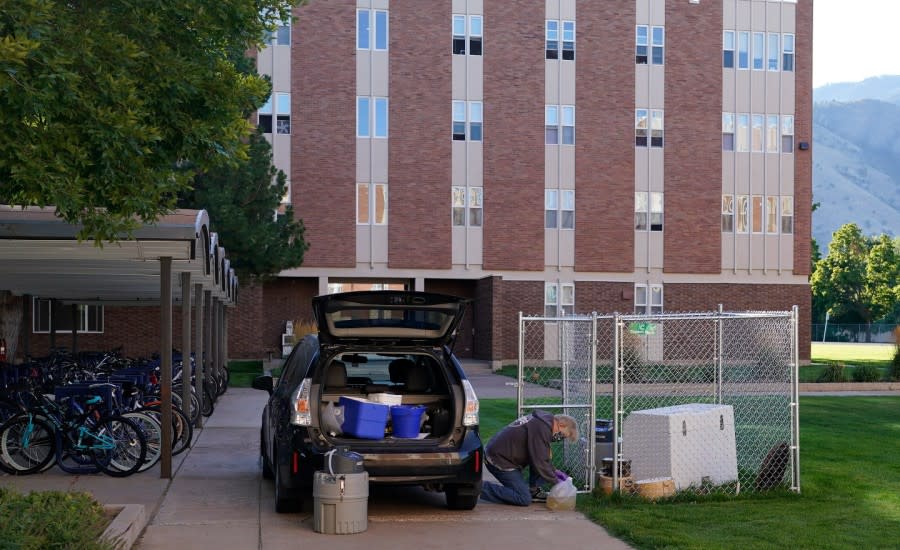What wastewater surveillance currently tells us about COVID-19 cases

Story at a glance
Researchers can track the amount of coronavirus found in wastewater samples to give an idea for how it is circulating in the population.
The wastewater signal can preempt clinical case counts by up to 10 days.
The data did seem to predict the latest increase in cases of omicron subvariants, although it happened much slower than with previous variants.
The COVID-19 pandemic is ongoing, even though many may have started acting like the emergency has passed. A key tool in tracking the pandemic has been wastewater surveillance, especially when case counts and testing numbers have become less reliable with more people using rapid tests and testing access becoming more limited again.
How do researchers conduct wastewater surveillance?
Researchers collect water samples from designated sites on a predetermined schedule. The samples get processed in a laboratory, where technicians look for genetic fragments of the SARS-CoV-2 coronavirus that enters the system through human waste.
Because the virus begins breaking down when it enters wastewater, it may not be possible to isolate whole viruses. In some cases, researchers may be able to identify specific short sequences belonging to particular variants.
Did the data predict a surge in cases?
Over the pandemic, wastewater surveillance was able to alert health officials to potential oncoming increases in cases or waves. A review of studies found that positive signals from wastewater surveillance typically anticipated cases by 10 days according to 24 separate studies. The authors also found that the wastewater signal may preempt clinical cases by up to 63 days.
In a study of three water reclamation plants in Nevada from July 2020 to September 2021, the data suggested steady increases in COVID-19 cases around the Halloween, Thanksgiving and winter holidays. Using daily data, the researchers found that the wastewater data could predict case rates seven days in advance.
A study that analyzed wastewater data from two wastewater treatment plants in Italy from Feb. 2021 to Feb. 2022 found that detection of the omicron variant of the virus in wastewater preempted coronavirus cases by six days. The omicron strain was first detected in mid-Dec. 2021 and caseloads increased by five or six times in the following two weeks.
What’s happening now?
Researchers who have been tracking wastewater during the pandemic did see modest increases in coronavirus in samples in April and May. In recent weeks, the wastewater signal has slowly been increasing and may be reaching a plateau in some places, according to the Centers for Disease Control and Prevention website. In particular, the mid-West and West Coast is seeing an increase in virus detection.
This spring, the trend has creeped upwards over a long period of time, unlike it did for delta and original omicron variants. “It looks like a surge in slow motion,” physician Jennifer Avegno, who is head of the New Orleans health department, says to The New York Times. “It’s not the sharp increase we saw with Delta and definitely not with Omicron.”
A recent report from the Rockefeller Foundation found that 92 percent of state and 38 percent of local government surveyed conducted some level of wastewater surveillance during the pandemic for about a year on average. They also found that 66 percent of state and 21 percent of local governments plan on conducting wastewater surveillance after the pandemic wanes.
The state of Maryland is sharing their data online, showing which sites have found the virus or if there is an increasing or decreasing trend. Virginia plans to launch a similar website, according to the Washington Post.
For the latest news, weather, sports, and streaming video, head to The Hill.


